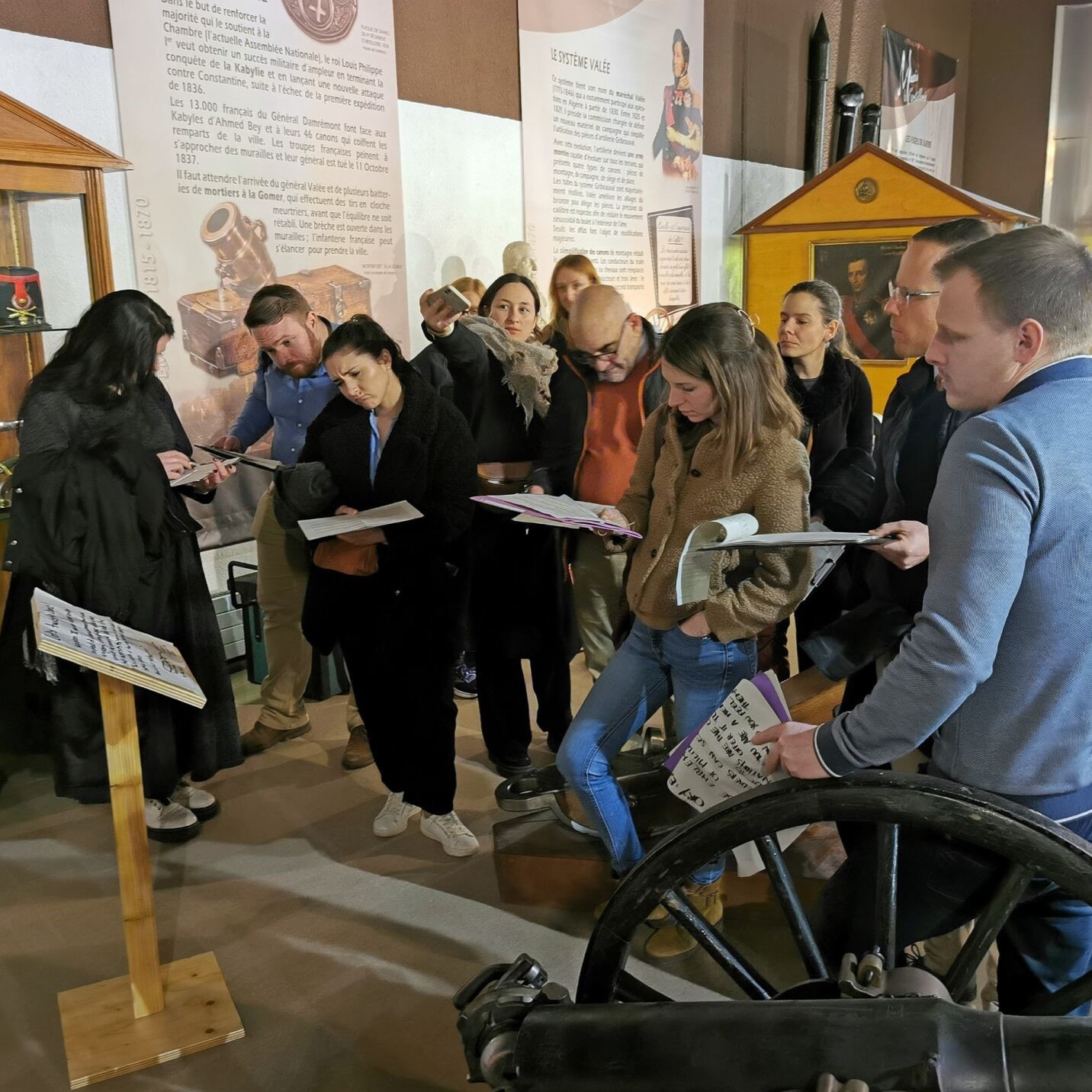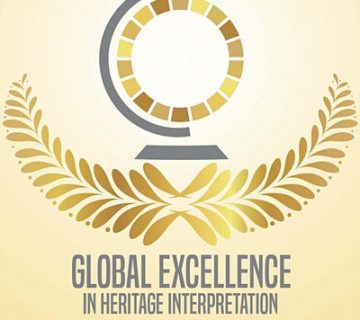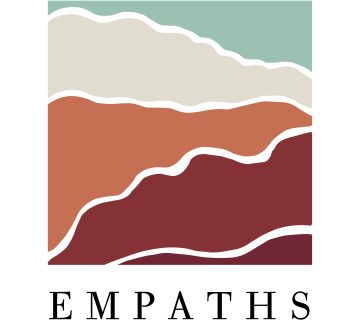In January, 14 interpreters from the American Battle Monuments Commission met in Draguignan, France, for the commission’s first CIW training.
The American Battle Monuments Commission (ABMC) is an agency of the executive branch of the American government. The commission is the guardian of overseas commemorative cemeteries and memorials from past conflicts.
Even though we are all working for an American commission, ABMC guides are local employees, and our group was composed of French, Belgians, Dutch, English, one Canadian, and one American. We entered the conference room on the Monday morning for our first Certified Interpretive Writer (CIW) course, confident about the week to come. After all, most of us were IE Certified Interpretive Guides and we were already using interpretation techniques daily.
However, that confidence soon melted like snow in the sun when our trainer, Thorsten Ludwig, brought us to the phenomena we had to create a panel about. The one that would haunt our dreams for the week to come: a dolmen.
The rules were simple: we had five days to provoke, relate, reveal, and, eventually, create a deeper meaning for this 4,000-year-old historical monument. For all of us, interpreters of World War I and World War II stories, it felt like uncharted waters. We suddenly faced a terrible question: would we be able to meet the challenge?
Spoiler alert: we did!
Creating a panel about the dolmen was not the only challenge of the week though. A series of practical exercises slowly taught us different ways to observe and devise thought-provoking and impactful content.
Several activities brought the group to the American Cemetery of Draguignan, where once again, we arrived with the naïve belief that we were now in known territory. But Thorsten made a point of bringing us to the more remote part of the site and asked us to focus on nature, trees, or other decorative elements of the cemeteries that we seldom interpret.
The week also offered several opportunities for us to work together. Even though we are all colleagues, the ABMC cemeteries are scattered around the world, and we rarely get to see each other. We spent an entire day at the Artillery Museum of Draguignan to work on creating a panel and text for an audio guide. The exercise was not only instructive but also fun, as we were all paired up and we could share our different perspectives and approach to interpretive writing.
Finally, at the end of a very challenging week, we were all ready to present a panel that we were proud of. We certainly had been provoked but it pushed us to relate and helped us to reveal. We all had found that deeper meaning.
One month after the training, the ABMC staff is now turning this knew knowledge into solid action. A series of interpretive panels are being developed on two memorial sites, using the new perspective and knowledge gained during that CIW workshop.
Pauline Viguier is an IE Certified Interpretive Guide and has been an official French National Tour Guide for 17 years. She can be contacted at: viguierp@abmc.gov.
To cite this article: Viguier, Pauline (2024) ‘ From military cemeteries to prehistoric burial sites’ in Interpret Europe Newsletter 1-2024, pg.15.
Available online: https://interpret-europe.net/wp-content/uploads/2024/04/PDF-Newsletter_2024_1-spring.pdf




